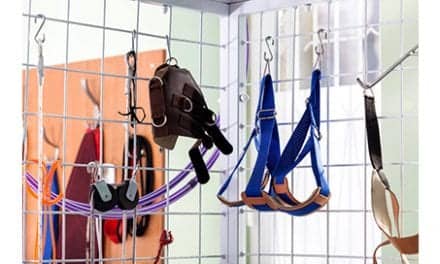Researchers at Rush University Medical Center, Chicago, are testing a novel regimen of hip-muscle exercises to decrease the load on the knee joints in patients with osteoarthritis, aiming to relieve pain and, possibly, to halt progression of the disease, according to a statement released by Rush.
Laura Thorp, PhD, assistant professor of anatomy and cell biology at Rush Medical College and principal investigator for the study, said in the statement that If the researchers can appropriately alter the gait patterns of patients with osteoarthritis, they can minimize the load and relieve pain. Ultimately, the researchers are hoping they can prevent the disease from advancing, and they note that no treatment exists that can stop osteoarthritis from progressing in the knees, other than joint replacement surgery. says the statement.
Osteoarthritis is the most common form of arthritis and a significant source of disability and impaired quality of life, says the statement. A higher-than-normal load on the knees during walking is a hallmark of the disease, associated with both the severity of the osteoarthritis and its progression, Thorp notes in the statement.
Thorp is enrolling patients with mild to moderate osteoarthritis in their knees in a research study to determine the effectiveness of certain hip exercises in treating the disease. Study participants have their knees x-rayed and undergo an initial assessment in Rush’s Human Motion Laboratory to measure the load on their knee joints while walking. Participants then follow a specific regimen of hip exercises for 4 weeks under the direction of Charles Cranny, clinical manager of outpatient physical therapy, says the statement.
The exercises focus on strengthening the hip abductor muscles, such as the gluteus medius. In patients with osteoarthritis in the knees, these muscles tend to be weak, causing the pelvis to tilt toward the side of the swing leg when walking, instead of remaining level with the ground, which increases the load on the knee joints, says the statement. Strengthening these muscles helps the pelvis and the knee remain in better alignment, and thereby lessens the load, it notes.
After the 4 weeks of supervised physical therapy, participants are reassessed to determine whether the load on the knees has decreased, and whether the pain has subsided.
The trial continues for another 4 weeks, with patients exercising at home to determine whether the adjustments in gait can be maintained.
According to Thorp, exercise regimens to date have focused largely on strengthening the quadriceps and hamstring muscles, which stabilize the knee joint but likely do little to correct alignment with the rest of the leg or alter the load on the joint.
Preliminary evidence in the present trial has already shown that a decrease in load is attained with hip-muscle exercises, says the statement.
By lessening the load on the knees, we can remove one of the major known risk factors for the progression of osteoarthritis, Thorp said in the statement.
[Source: Rush University Medical Center]



